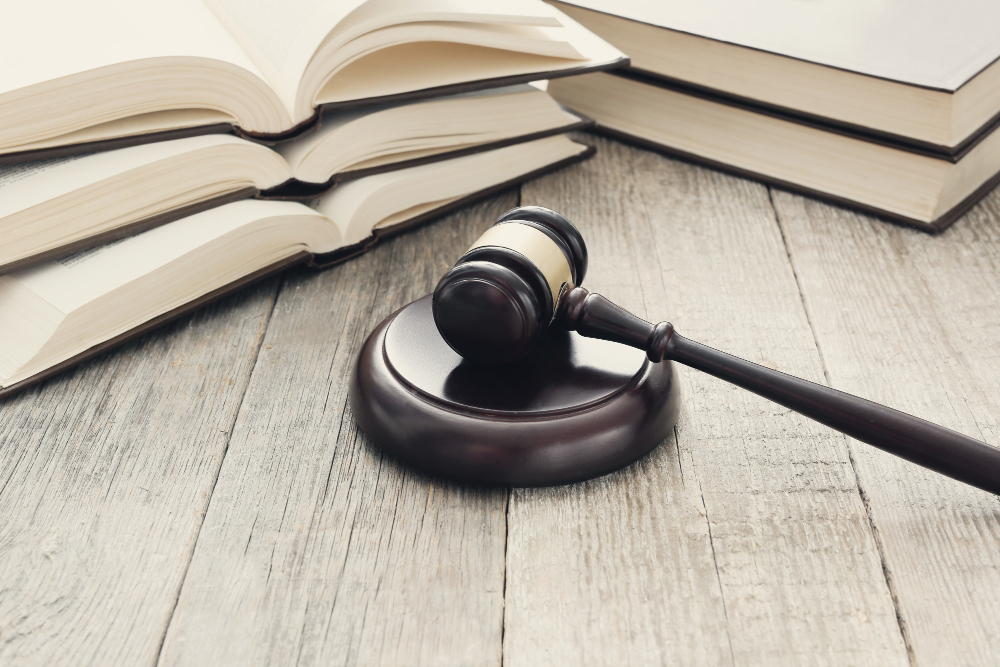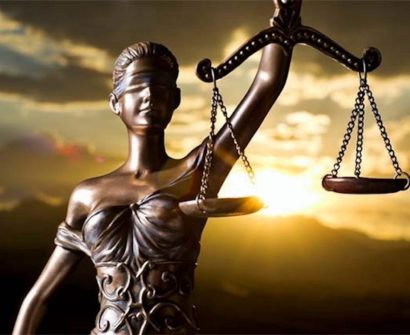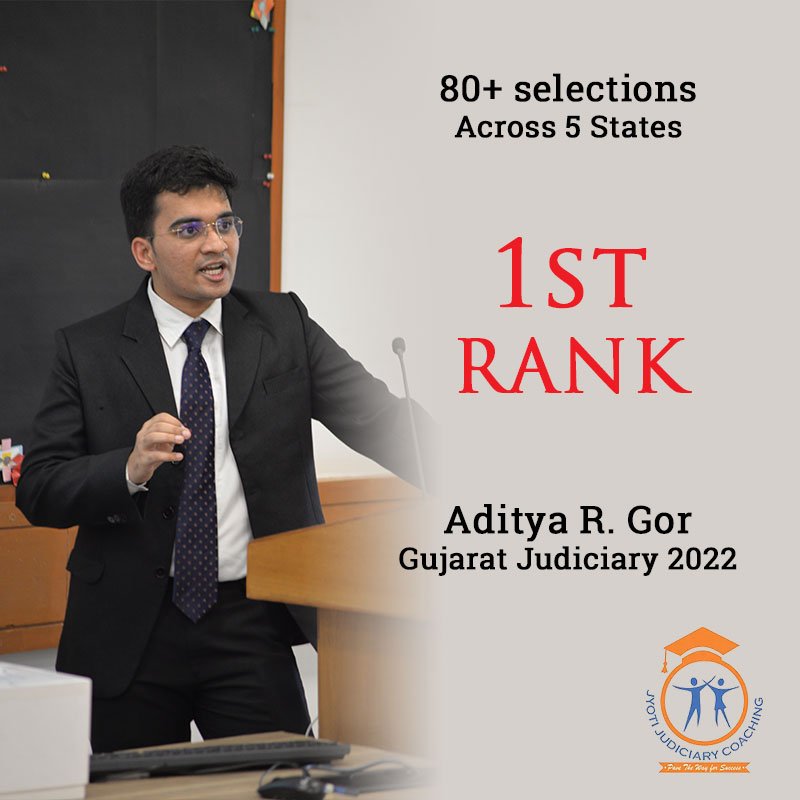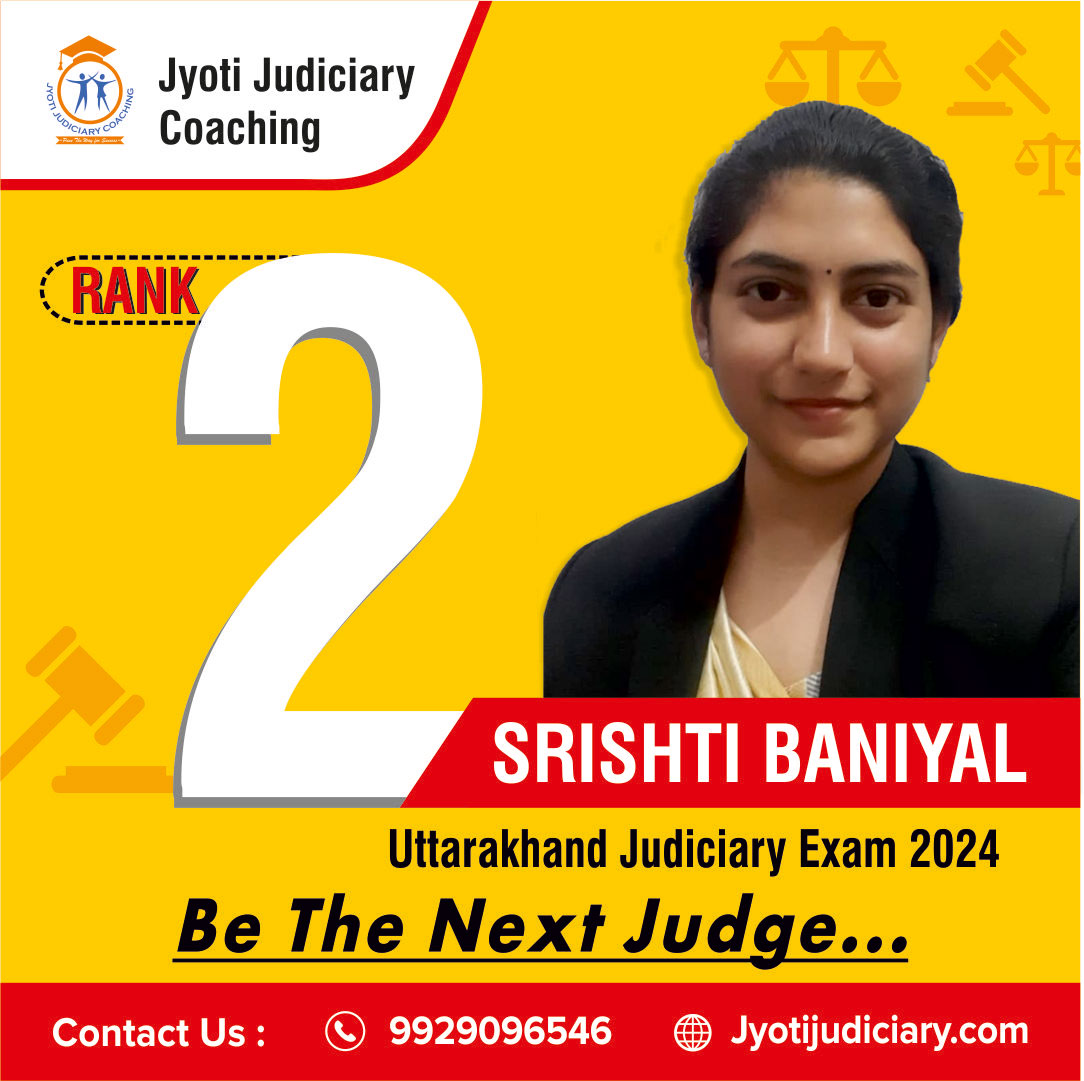
In the 1981 case of waman rao vs union of india, the Supreme Court considered the constitutionality of article 31a of the indian constitution and article 31B of the indian constitution in light of the Kesavananda Bharati case’s basic structure theory. Regarding the doctrine’s application, the Court made a crucial observation: it shouldn’t be applied retroactively.
waman rao vs union of india Case Facts
- The Bombay High Court heard a challenge to the Maharashtra Agricultural Lands (Ceiling on Holdings) Act of 1961, which reduced the cap on agricultural holdings and made several changes.
- The court decided that because the aforementioned acts’ provisions were listed in the Ninth Schedule, they could not be challenged on the basis that they violated Part III of the constitution.
- Furthermore, since there was an emergency, Articles 14 and 19 of the Constitution could not be put into effect. Here, the legitimacy of article 31a of the indian constitution and article 31B of the indian constitution was contested, but the High Court maintained it. Throughout the emergency’s duration, appeals against this decision were likewise denied.
- But after it was withdrawn, the petition requesting a review of the ruling was determined in the current case, Waman Rao v. Union of India.
waman rao vs union of india Issues
- Did Parliament overreach in establishing article 31a of the indian constitution through amendment?
- Does article 31a of the indian constitution provide enough protection against legal challenges to laws?
- Does the Indian Constitution’s article 31B of the indian constitution violate the fundamental rights?
- Is there a violation of the fundamental rights by the unaltered Article 31C?
- Is the article included in the Indian Constitution’s 9th schedule subject to judicial review?
- Is the 40th amendment of indian constitution still in effect following the revocation of the emergency?
Contentions by the Parties
Petitioner:
- The petitioner in this case made a compelling case against Articles 31A, 31B, and the unamended Article 31C because of their protective nature, which precludes any potential challenges to the legislation covered by the shield.
- Additionally, the petitioner claimed that using such a shield would go against some of the essential liberties protected by Part 3 of the Indian Constitution.
- The petitioner retorted that the latter modifications violate the fundamental principles of the constitution as established in the Kesavananda Bharati Case, rendering the very articles of the constitution, which the respondents cite to defend the contested laws, illegal.
Respondent:
- Articles 31A, 31B, and the unaltered Article 31C only safeguard laws that do not undermine the fundamental framework of the Indian Constitution.
- A declaration of emergency has no bearing on the 40th amendment of indian constitution’s legality.
waman rao vs union of india Judgment
- The claimed laws were deemed constitutionally legitimate by the court. The court emphasized that the primary goal of the Parliament in enacting the aforementioned laws was to lessen social inequality and the economic divide in order to promote national development.
- The court further found that the theory cannot be applied to the articles themselves; rather, it can only be applied to the law that the articles safeguard.
- Additionally, the court dispelled any ambiguity raised by the Kesavananda Bharati case by ruling that no act or regulation placed under the ninth schedule prior to the date of Kesavananda Bharati’s judgement could be legally challenged on the grounds that they violated any of the fundamental rights outlined in Part III of the Indian Constitution.
- The court did note, however, that if the acts and regulations added to the ninth schedule after Kesavananda Bharati’s ruling pass the fundamental requirements of the constitution, they will all be considered constitutionally valid.
- The court also determined that the Lok Sabha’s prolonged duration was lawful because Article 352(3) was followed and there was insufficient evidence presented. Since the Lok Sabha’s duration was deemed legitimate, the proposed alterations could not be upheld on the grounds that the Lok Sabha’s tenure was extended.
The constitutional validity of Articles 31A, 31B, and 31C of the Indian Constitution was discussed in the Waman Rao case. In the Waman Rao case, the Supreme Court ruled that although regulations coming under Article 31A restricted Fundamental Rights, they did not violate the fundamental framework of the Constitution.
Article 31B protected laws listed in the Ninth Schedule before to the Kesavananda Bharati case, but changes made after Kesavananda were scrutinized. article 31c of the indian constitution, which safeguards laws that use directive principles, was maintained. In order to influence future constitutional interpretations, the Court made it clear that the stare decisis theory only applies to laws that are protected by the Constitution and not the Articles themselves.
With the goal of giving students the best coaching available for law entrance exams including the CLAT, AILET, and various other numerous state judiciary exams, Jyoti Judiciary Coaching, India’s Finest educational Platform, was established. Come enrol now with Jyoti Judiciary!
For any latest news, legal topics, judiciary exams notifications, patterns, etc watch Jyoti Judiciary’s YouTube channel for legal videos for any updates at https://youtube.com/@jyotijudiciarycoaching4852?si=2cwubh9d2A9urwJf








